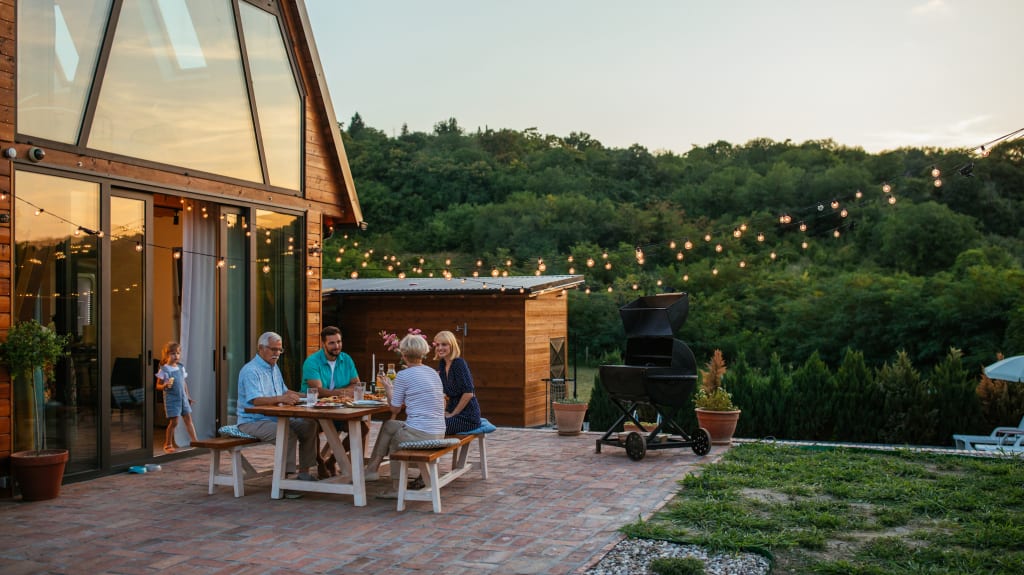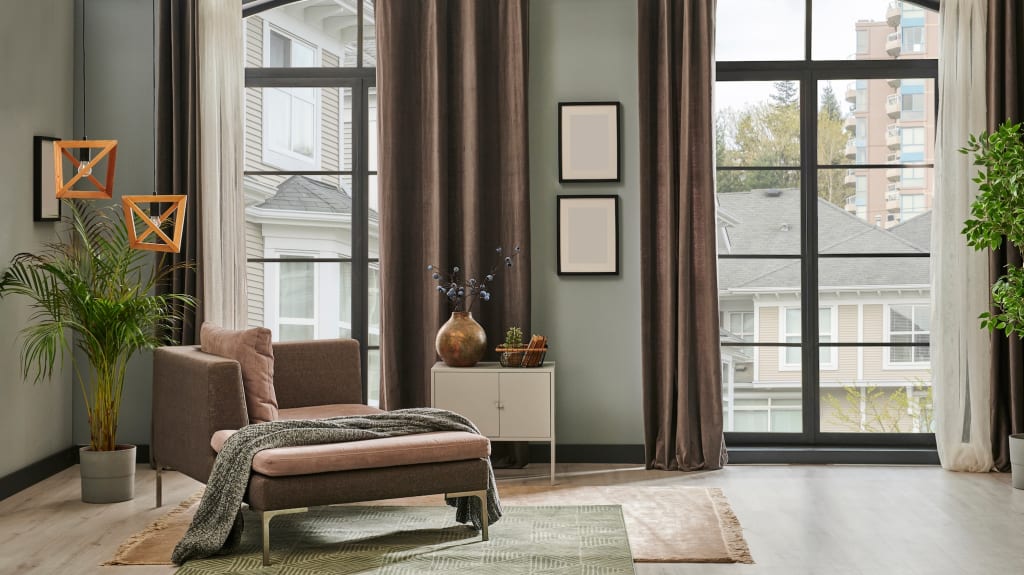Intergenerational homes have become more popular in recent years. They make it
possible for family members to stay close to each other and share responsibilities. Are
you intrigued by this living arrangement? Read on to learn more and see if it's right for
you.
What are intergenerational homes?

Take some time to learn about intergenerational homes so you can understand the
reasoning behind this kind of arrangement. Who knows? It may be right for you!
Multiple generations living together
An intergenerational (bigenerational or multigenerational) home is a property designed
to house people of different ages and generations under one roof. They live together
and often include family members like grandparents, parents and children. Extended
family may also be included.
This kind of home can have connected living spaces, even though that's not a
requirement. Some people may prefer to have a completely separate unit and even a
different address. You can choose whatever works for you: a house with one or more
entrances, or two independent (or connected) units on the same property.
Converting a single-family home into an intergenerational one
Intergenerational homes come in many different forms. Most of the time, their features
suit the lifestyles of the people who live in them.
A single-family home can be converted into an intergenerational one. The owners
must spend time setting it up and making sure everyone has what they
need to live together in harmony.
Older family members could have their own private living space, like an apartment or a
suite. In other cases, the owners could expand the common areas so everyone can comfortably spend time together in the same room. That could require some changes and even renovations.
What are the benefits of an intergenerational home?

Take time to think about the advantages of this type of living arrangement and the kind of work this project would entail. Then you can make an informed decision.
Communal living: A great way to save
An intergenerational home allows you to share housing costs, whether it’s rent or the mortgage. Everyone saves big. The cost of utilities, maintenance and other related expenses could go down as well. The same goes for food and household products.
Another plus is that it's easier to share responsibilities when several people live in the
same space. There's not as much of a need for cleaning or healthcare services. If they
live together, families can take care of their oldest members, rather than paying for
professional caregivers to come in. This includes getting them dressed, feeding them
and making sure they take their medicine.
Capital gains tax exemption
This is a tax measure that allows someone to sell their home without paying tax on the
capital gain (the difference between a home's purchase and selling price).
In other words, when an owner sells their home to a member of their immediate family
(parent, child or grandchild), they may get an exemption on some or all of the tax. But
the purchaser must use this home as their principal residence.
This exemption is meant to encourage intergenerational property transfers. Contact a
tax advisor for more information on this topic.
Tax credits for housing an adult
If you're taking care of an adult with special needs, you should look into the tax credit and tax exemption. Once again, it's worth talking to a tax advisor.
You can also get information from the Canada Revenue Agency (CRA) because the specifics change depending on the province and deductions available.
If you're a caregiver for an adult or child with a physical or mental disability, you're probably eligible for benefits like the caregiver tax credit or child disability benefit (CDB).
Revenu Québec provides a lot of valuable information in this guide: Taxation and persons with disabilities.
Subsidies for intergenerational homes
The Quebec government offers financial aid for property owners who want to build or renovate an intergenerational home.
The Residential Adaptation Assistance Program (RAAP)
Provides funds for work done to make a home safer and more accessible (by adding ramps, adapting bathrooms, and so on). This benefits people with reduced mobility and senior citizens.
The RénoRégion program
Aims to encourage owners to renovate separate or intergenerational homes in Quebec's rural areas.
If you're interested, find out more from your municipality and community organizations in your region. You may be pleasantly surprised.
6 things to do before committing to a home renovation project

Are you excited about your project and eager to bring it to life? Follow these six tips to make sure it goes smoothly.
1. Get professional help
Before building or renovating an intergenerational home, get professional opinions from an architect and a general contractor. This will ensure your plan meets local standards and regulations.
2. Assess your needs and those of your family
Spend some time talking to everyone involved and identify their needs. Be sure to discuss their expectations for accessibility, togetherness and personal space.
3. Find out whether you're entitled to any subsidies
As explained in the previous section, some municipalities and provincial governments offer financial assistance. Check whether you're eligible for one or more of these programs so you can minimize how much you pay to convert or renovate your home.
4. Estimate costs
Do you have the resources to complete this kind of project? To find out, reach out to contractors and get detailed quotes on the work to be completed. They may vary depending on the size of the home, materials used and the cost of labour.
You should also factor in legal expenses and the cost of building permits, inspections and property taxes. Then calculate how much you'll need to pay monthly bills, like electricity and water.
5. Think about whether your plans are financially viable
To avoid unpleasant surprises and debt, check whether you have the financial capacity to pay for the project. Think about these questions:
Do you have enough savings?
Can you get a mortgage?
Can you get subsidies or financial aid?
6. Set rules for living together
Prevent communication problems and conflict between family members. Before moving in together, set rules on noise, sleep schedules, sharing costs and household tasks. You don't want your relationships with your loved ones to suffer because you live together. Be open to everyone's needs and expectations.
Draw on our videos and podcasts for other inspiring ideas and tips.




